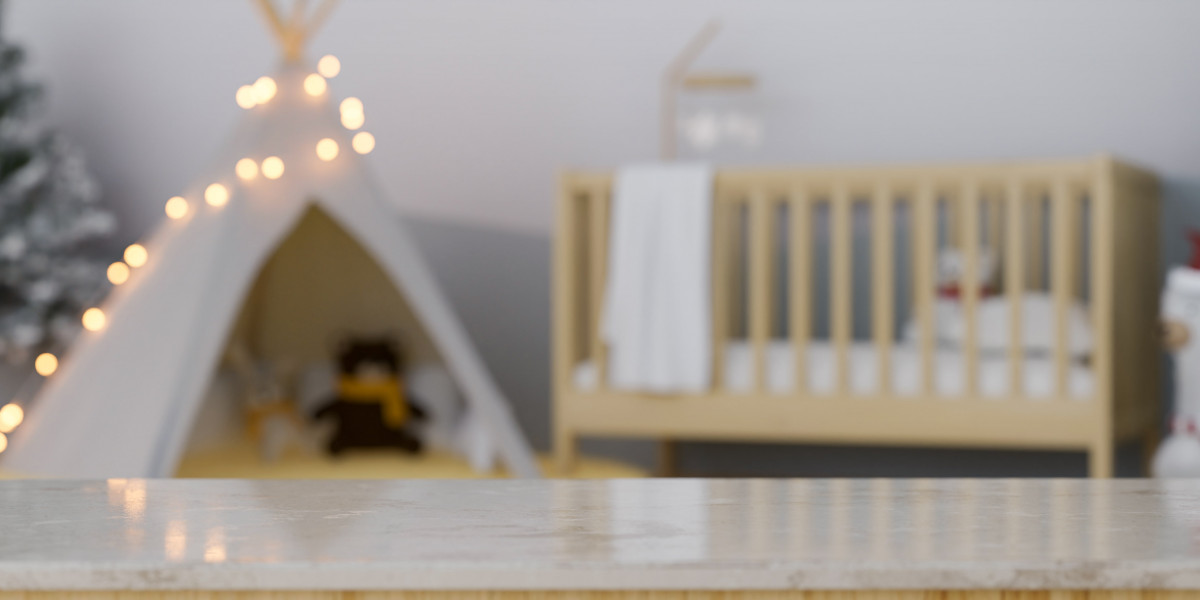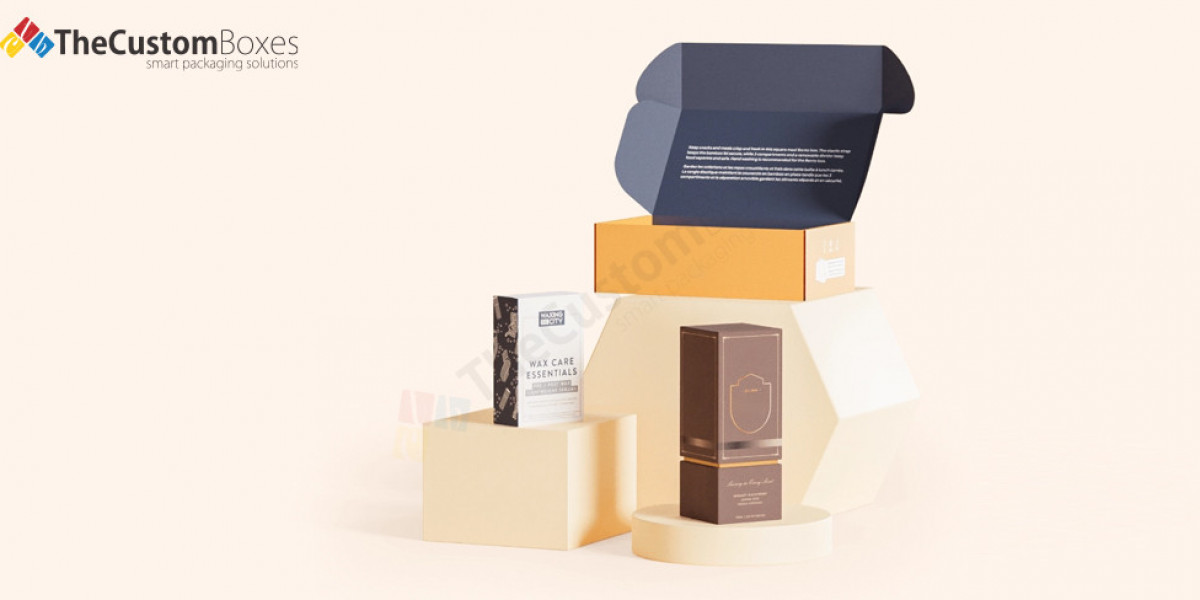3D printing is an exciting technology that allows you to bring your ideas to life with precision and creativity. However, like any technology, it's not immune to problems. From clogged nozzles to adhesion issues, troubleshooting common 3D printing accessory issues is an essential skill for every maker. In this guide, we'll explore some tips for identifying and resolving common issues with 3D printing accessories.
Introduction
When you encounter problems with your 3D prints, it can be frustrating, but don't worry – most issues have straightforward solutions. By understanding the underlying causes of these problems and knowing how to address them, you can keep your 3D printer running smoothly and produce high-quality prints consistently.
Common 3D Printing Accessories
Before we delve into troubleshooting, let's briefly review some common 3D printing accessories that can encounter issues:
-
Nozzle: The nozzle is responsible for extruding filament onto the print bed. Clogs and improper calibration can lead to print defects.
-
Build Plate: Also known as the print bed, the build plate plays a crucial role in print adhesion. Warping and leveling issues can cause prints to detach or fail.
-
Filament Spool: The filament spool holds the filament that feeds into the printer. Tangles and moisture absorption can affect print quality.
-
Extruder: The extruder feeds filament into the printer's hotend. Filament jams and gear slippage can disrupt the printing process.
Troubleshooting Tips
Now, let's explore some tips for troubleshooting common issues with these 3D printing accessories:
1. Clogged Nozzle
Symptoms: Inconsistent extrusion, under-extrusion, or no extrusion at all.
-
Solution:
-
Heat the nozzle to the printing temperature of the filament.
-
Use a nozzle cleaning needle or wire brush to remove any debris or filament residue.
-
If the clog persists, try a cold pull (also known as "atomic pull") or soak the nozzle in a cleaning solution like acetone.
-
2. Poor Adhesion
Symptoms: Warping, lifting, or detachment of prints from the build plate.
-
Solution:
-
Ensure the build plate is clean and free of any debris.
-
Level the build plate properly using a leveling tool or calibration print.
-
Apply a suitable adhesive, such as glue stick or print bed adhesive, to improve adhesion.
-
3. Filament Tangling
Symptoms: Filament jams, uneven feeding, or extrusion issues.
-
Solution:
-
Store filament spools in a dry, dust-free environment.
-
Use filament guides or holders to prevent tangling during printing.
-
Check the filament path for any obstructions or knots.
-
4. Extruder Issues
Symptoms: Grinding sounds, filament slipping, or inconsistent feeding.
-
Solution:
-
Clean the extruder gears and filament path regularly.
-
Check the tension of the filament against the extruder gear.
-
Ensure the filament spool rotates freely and is not tangled.
-
Conclusion
Troubleshooting common issues with 3D printing accessories doesn't have to be daunting. By understanding the symptoms and solutions outlined in this guide, you can quickly identify and resolve problems to achieve reliable and high-quality prints. Remember to maintain your 3D printer regularly and follow best practices to minimize the occurrence of issues. With patience and persistence, you'll be able to unleash the full potential of your 3D printing projects.




